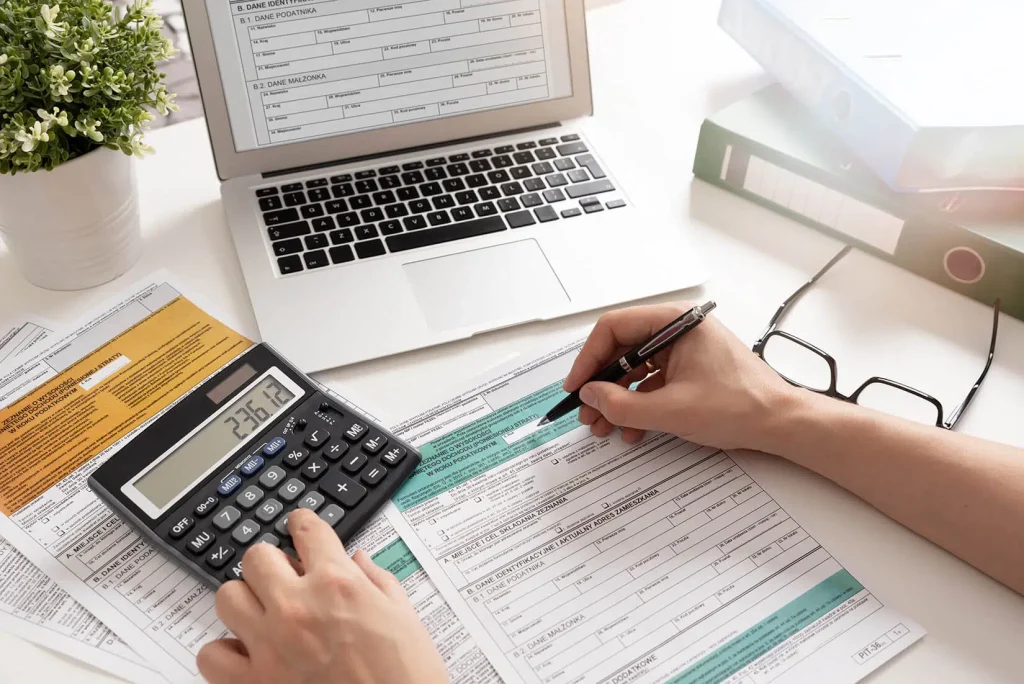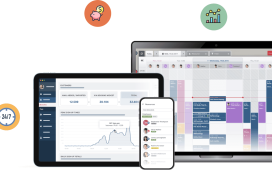Navigating tax deductions for small businesses can feel like a daunting task. The rules seem endless, and it’s easy to get lost in the details. This blog aims to simplify these complexities. We want to help you understand the basics of tax deductions, from office expenses to travel costs. Proper management of these deductions can lead to significant savings. More importantly, it ensures compliance with tax laws. Some small businesses may also need international tax advice. This is especially true for those expanding into global markets. We will cover this and more, providing clear guidance on common deductions. Our focus will be on three key areas: identifying deductible expenses, keeping accurate records, and applying deductions correctly. Each of these is crucial for successful tax management. By following this blog, small business owners will gain both knowledge and confidence. The aim is to make tax deductions less of a burden and more of a benefit.
Identifying Deductible Expenses
The first step in managing tax deductions is identifying which expenses are deductible. The IRS provides a list of common deductions for small businesses. These can include office supplies, utilities, and employee wages. It’s important to distinguish between personal and business expenses. Only business expenses qualify for deductions.
Here is a simple comparison table of common deductible and non-deductible expenses:
| Deductible Expenses | Non-Deductible Expenses |
|---|---|
| Office Supplies | Personal Groceries |
| Business Travel | Commuting Costs |
| Employee Salaries | Owner’s Draw |
Understanding these differences helps in correctly applying deductions. For more detailed information on what qualifies as deductible, consider visiting the IRS Business Expenses Guide.
Keeping Accurate Records
Keeping accurate records is essential. It not only helps in claiming deductions but also serves as proof in case of audits. Records should include receipts, invoices, and bank statements. Organizing these documents by category simplifies the process.
Many small businesses find it useful to use accounting software. These tools track expenses and generate reports. However, keep digital backups of all files. This ensures you have access to records even in case of technical issues. Consistency in record-keeping makes tax season less stressful and more efficient.
Applying Deductions Correctly
Once you have identified deductible expenses and kept accurate records, the final step is applying these deductions. This involves understanding the forms and processes involved. For instance, sole proprietors often use Schedule C to report income and deductions.
It’s important to ensure all entries are accurate and reflect true expenses. Any discrepancies can lead to audits or penalties. To gain a better understanding of the forms required, the Small Business Administration Tax Guide offers valuable insights.

Conclusion: Simplifying Tax Complexity
Managing tax deductions for small businesses doesn’t have to be overwhelming. Focusing on identifying deductible expenses, keeping accurate records, and applying deductions correctly creates a smooth process. Small business owners can navigate these complexities with confidence and ease. With proper management, tax deductions transform from a burden to a benefit, providing significant savings and ensuring compliance. As your business grows, remember to seek tax advice if necessary. This preparation ensures you are equipped to handle any tax scenario with assurance.







